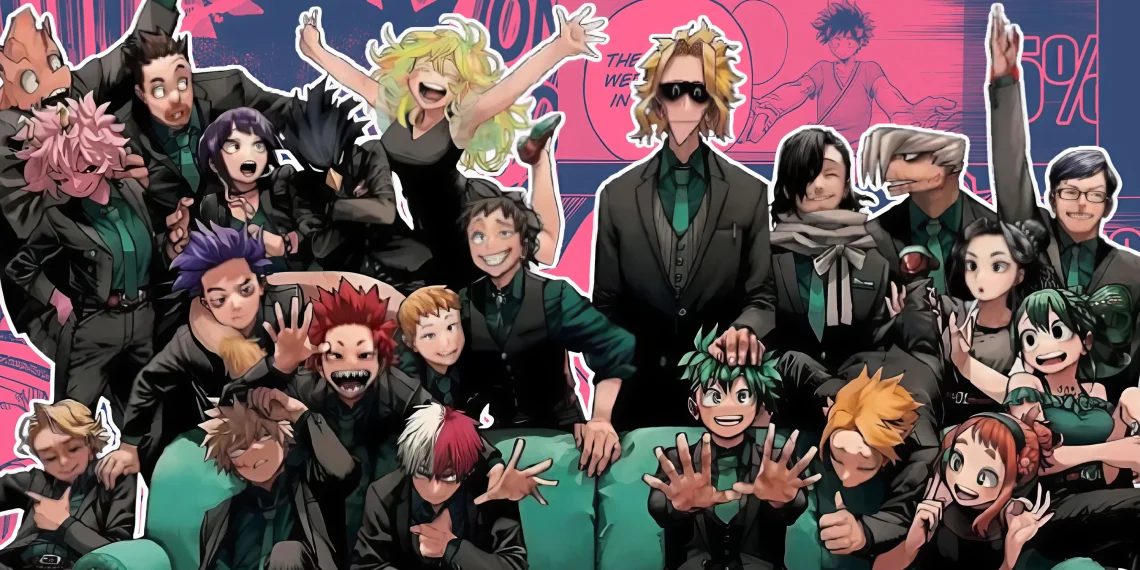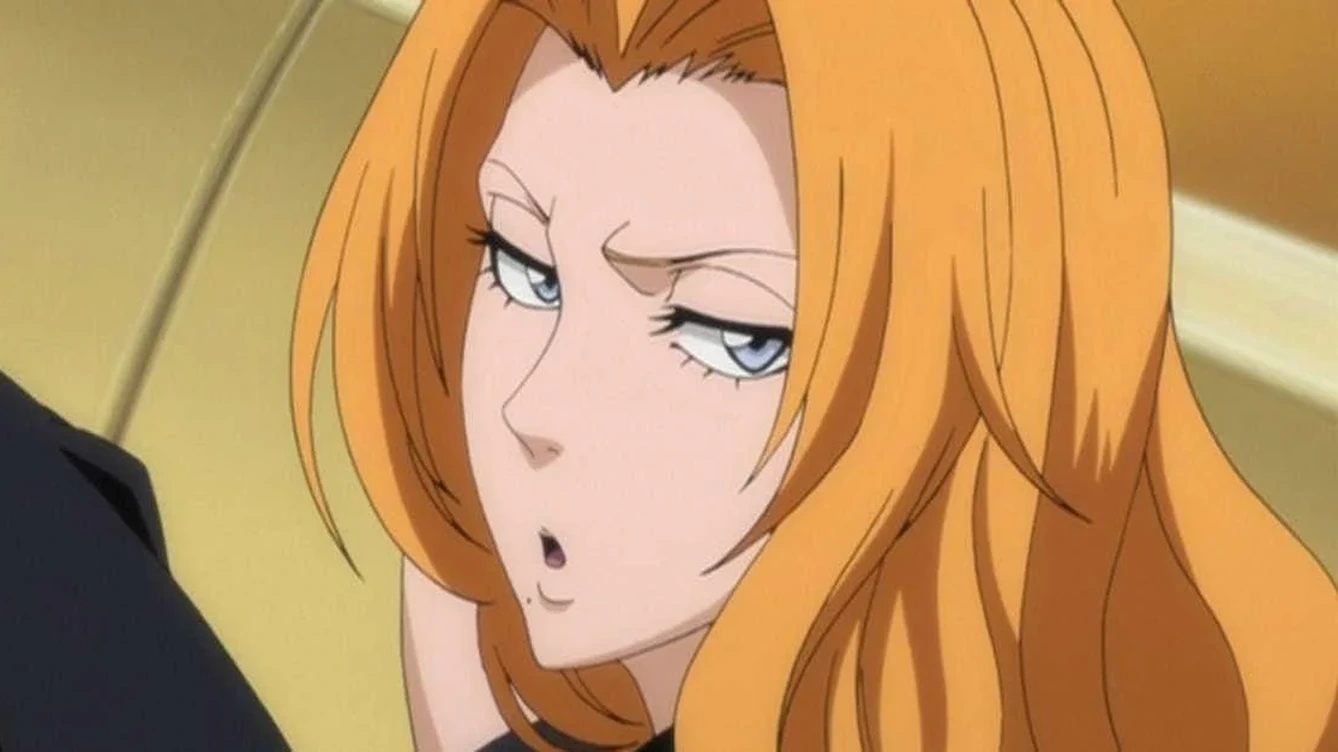The highly popular anime and manga series, My Hero Academia, concluded its long and celebrated journey just a few months ago, leaving fans and critics in deep reflection over its successes and shortcomings.
Over the years, the series has undeniably captured the hearts of countless viewers, especially with its focus on the underdog protagonist, Izuku Midoriya, also known as Deku, and his journey to become the world’s greatest hero.
However, as fans now look back, there’s a shared sense of disappointment over one significant aspect where My Hero Academia fell short not necessarily in its character development or battle sequences, but in the missed potential of the world it created.
Author Kohei Horikoshi put substantial effort into building a world that feels vibrant and alive, where people are born with superhuman abilities called Quirks, and where being a hero has evolved from myth into a tangible profession, complete with both its glories and struggles.
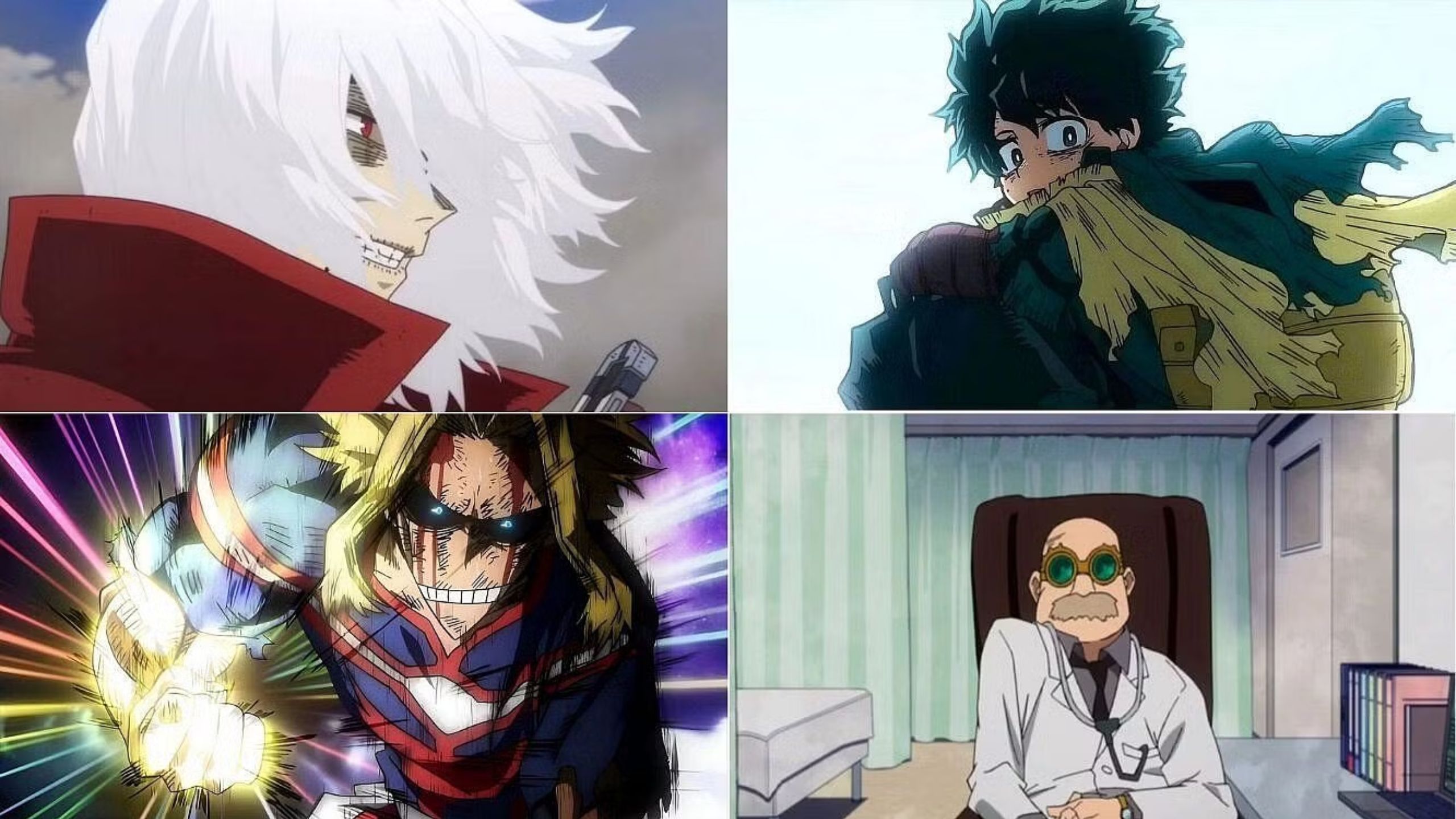
This isn’t just a simple “good versus evil” superhero narrative; it’s a world where heroism is a career, a vocation that involves real-life politics, media presence, and public approval.
At least, that’s how the series was initially set up. However, despite the Jumble of social and political implications, My Hero Academia ultimately fails to flesh out many of these complex layers.
Instead, it places almost exclusive emphasis on combat scenes and traditional hero-villain battles.
This neglect of deeper world-building, a dimension that could have made My Hero Academia even more profound, maybe Horikoshi’s greatest missed opportunity.
The Wasted World-Building Potential in My Hero Academia
When My Hero Academia first introduced us to its universe, the groundwork laid by Horikoshi hinted at something much larger than a standard superhero narrative.
With Quirks affecting every aspect of society, the story initially seemed poised to jump into the intricate nuances and moral dilemmas that would logically arise in a world where superpowers are an everyday reality.
The series touched on topics like hero commercialization, societal discrimination, and the pressures of heroism in a way that hinted at profound explorations of these themes.
Yet, the execution ultimately felt incomplete, as these promising concepts were quickly overshadowed by the focus on combat, character power-ups, and climactic battles.

The ideas were introduced, but they often fell by the wayside, creating a sense of “wasted potential” for the world at large.
For instance, in the “Stain” arc, the storyline introduces us to the Hero Killer, Stain, who has an intense ideology regarding the integrity of heroes.
He believes that many heroes have lost sight of the essence of heroism, prioritizing fame, money, and media influence over the actual act of saving lives and helping others.
This commentary on the commercialization of heroism is a compelling topic, one that fans and critics alike found to be one of the series’ most thought-provoking moments.
Stain’s ideology forces us to question the motivations of the heroes we’ve come to admire. Are they fighting villains because it’s the right thing to do, or because it’s a lucrative career with high social status?
Yet, despite introducing such a profound perspective on heroism, Horikoshi doesn’t go much further with it.
Stain’s philosophy, while attracting, is never given a real opportunity to reshape or challenge the societal norms of this world.
No major hero in My Hero Academia truly embodies Stain’s criticisms. Instead, after the brief exploration in the “Stain” arc, the narrative quickly moves on, sidelining this potent critique of hero society.
As a result, the message feels incomplete, leaving readers wondering why this powerful concept was introduced only to be largely ignored in the broader storyline.
A Forced Social Commentary: Spinner and Shoji’s Conflict
Another instance of the series’ failure to fully realize its world-building potential comes in the form of the subplot involving Spinner and Shoji, two characters who possess animalistic traits as a result of their Quirks.
In the final war arc, their battle suddenly introduces the idea that Quirk users with animal features face discrimination and prejudice from society.
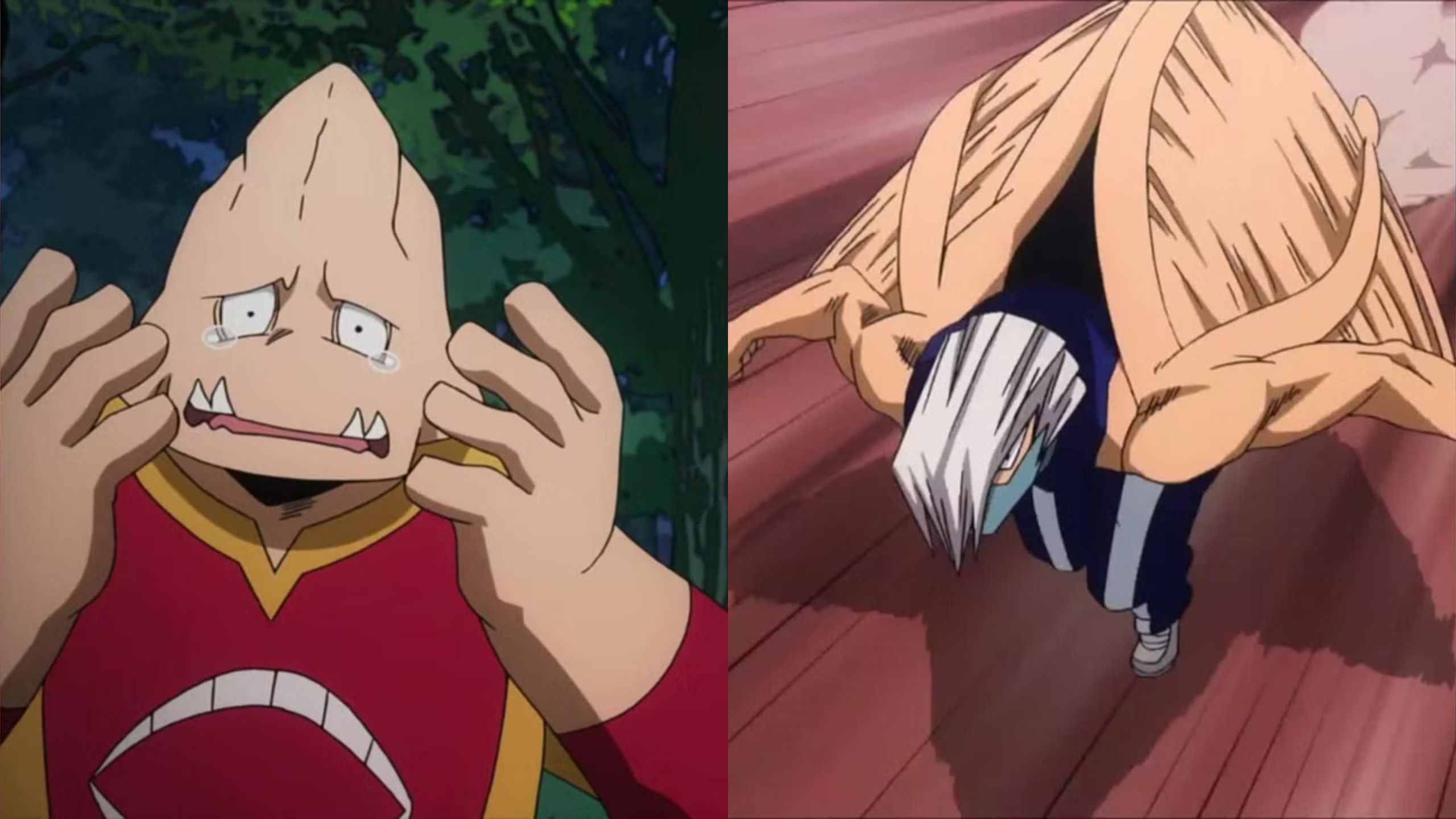
This would be a significant and relevant issue, as discrimination based on appearance or inherent traits would likely be a major challenge in a world where people are born with such different abilities.
However, before this storyline, discrimination based on physical appearance was never a prominent theme in the series.
Neither Spinner nor Shoji had previously been depicted as experiencing prejudice or scorn for their looks, which makes this subplot feel abrupt and disconnected from the final narrative.
This plot point could have added a powerful layer to My Hero Academia, addressing a darker aspect of a Quirk-filled society and the biases that might exist in a world divided by various physical characteristics.
Yet, because this theme was introduced so late and without a prior foundation, it feels forced and underdeveloped, ultimately lacking the impact it could have had.
Shoji and Spinner’s struggle against societal prejudice could have been a significant subplot woven throughout the series, providing a window into how Quirk variety affects individuals on a social level.
Unfortunately, this theme of prejudice remains largely unexplored, leaving another gap in My Hero Academia’s world-building efforts.
Preferential Treatment and the Implications of Powerful Quirks
One of the core tenets of My Hero Academia is the importance of Quirks – or, rather, the societal value placed on certain types of Quirks.
The series makes it clear early on that some people, like Bakugo, are celebrated for their powerful Quirks, while others, like Izuku Midoriya, are shunned for their lack of one.
Izuku’s journey is marked by hardship and bullying precisely because he is Quirkless. This struggle forms the foundation of his character, highlighting the cruel reality of discrimination based on one’s Quirk status.
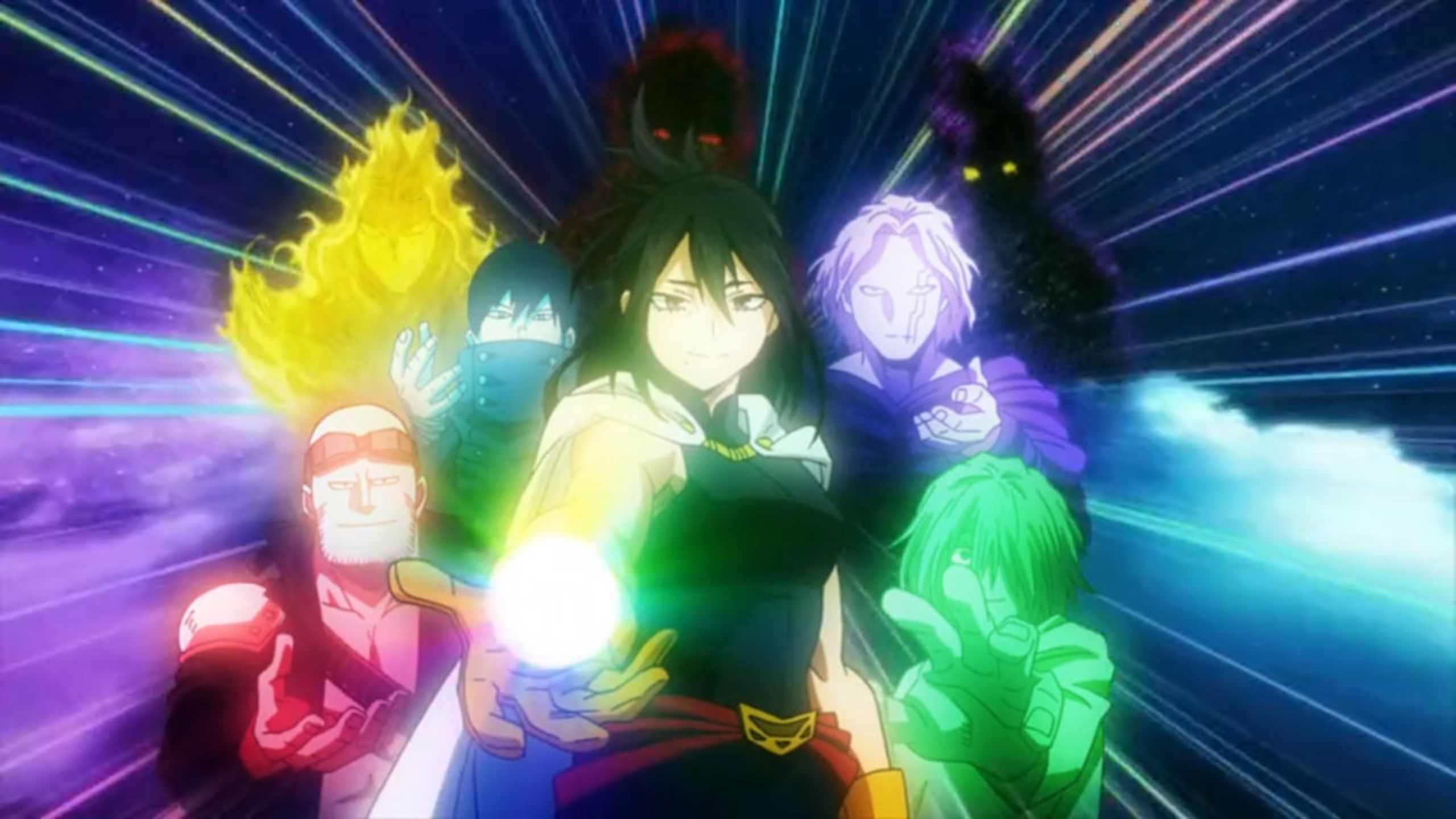
However, despite the emotional weight of this issue, it remains somewhat unresolved by the end of the series.
In the epilogue, we see Izuku mentoring a young boy at UA who is also struggling with being Quirkless.
Although this scene implies a continuation of Izuku’s journey to help those facing the same hardships, it doesn’t truly address or change the societal system that values individuals based on the power of their Quirks.
The deep-seated prejudice against Quirkless individuals, which had been such a central theme at the start, is left without a satisfying resolution.
Society, it seems, remains largely unchanged, and there is no real indication that Quirk discrimination has been addressed on a systemic level.
This is another instance where Horikoshi introduces a compelling social issue but fails to explore its broader implications or provide a meaningful solution, leaving readers feeling as though the storyline lacks completion.
The Compression of Time: How the Series’ Chronology Feels Rushed
Another aspect that undermines My Hero Academia’s world-building is the condensed timeline within which the story takes place.
Most of the series unfolds within Deku’s first year at UA, a highly condensed period that includes his journey from a Quirkless boy to one of the most powerful young heroes in training.
While Deku’s growth and progression are undeniably inspiring, the timeline’s brevity creates a sense of rush, making it difficult for the audience to fully grasp the enormity of his development and the changes within hero society.
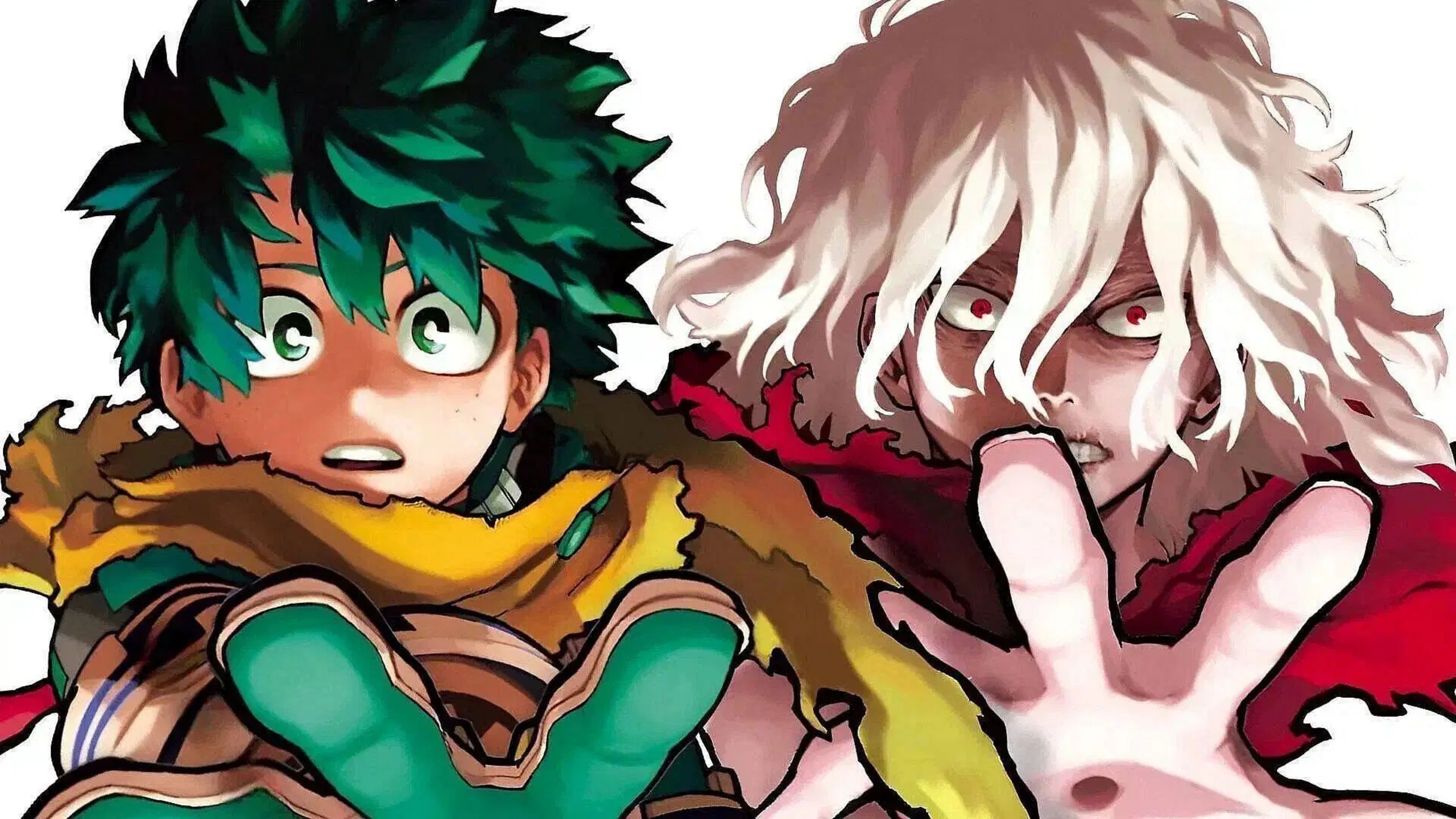
Deku spends a single year training under All Might, preparing for the rigorous journey ahead. This brief span, coupled with the sudden time-skip in the final chapter, leaves the storyline feeling hurried.
A longer timeline, spanning multiple years, might have allowed for a more organic exploration of the characters and their growth, as well as a deeper jump into the world around them.
By compressing the narrative into such a short period, Horikoshi sacrifices the opportunity for a more gradual, realistic unfolding of events, making the characters’ progress and societal changes feel somewhat rushed and lacking depth.
Shadows of the Hero Commission: Unexplored Government Influence in Hero Society
One of the more intriguing aspects of My Hero Academia is the Hero Public Safety Commission, a government organization that oversees the activities of heroes.
This commission wields significant influence over heroes, even going so far as to enlist individuals like Hawks and Lady Nagant to carry out morally dubious tasks in the name of public safety.
The commission’s role hints at a darker side of hero society, one that involves surveillance, manipulation, and morally ambiguous decisions that are kept hidden from the public eye.
However, the story never fully explores the extent of the commission’s power or the ethical dilemmas that accompany its actions.
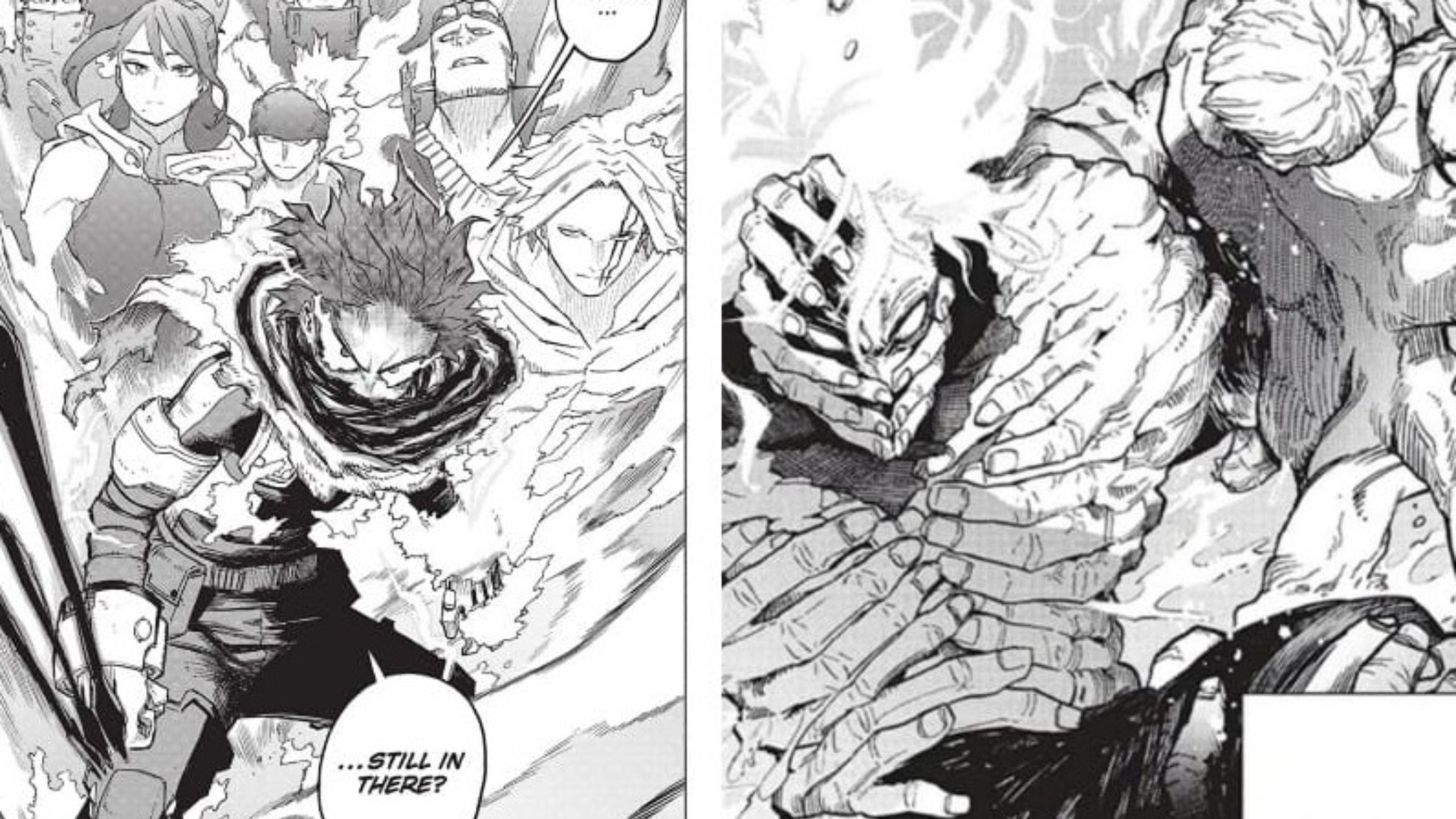
Characters like Hawks and Lady Nagant offer a glance into this side of hero society, but the series stops short of investigating how these morally questionable actions impact the broader society or how they influence public perception of heroes.
The government’s role in hero society remains largely unexplored, leaving another avenue of world-building underdeveloped.
By failing to go deeper into the Hero Public Safety Commission’s influence, My Hero Academia misses the opportunity to explore the complex relationship between power, heroism, and government oversight.
International Heroes and the Lack of a Global Perspective
In a world where powerful villains like All For One pose a threat to humanity, it would stand to reason that heroes from around the globe would band together to combat such dangers.
Yet, despite the global implications of the series’ conflicts, international heroes play a surprisingly minor role in My Hero Academia.
The introduction of Star and Stripe, an American hero who briefly assists in the fight against All For One, suggests the existence of a global hero community.
However, her swift exit from the story and the lack of involvement from other international heroes leave this aspect feeling underdeveloped.

Considering that All For One represents a worldwide threat, it is puzzling that no other heroes from outside Japan play a significant role in the final battle.
The lack of international collaboration or even acknowledgment of a global hero network feels like a missed opportunity to expand the world of My Hero Academia beyond Japan’s borders.
By not exploring the impact of international heroes or the possibility of a global hero alliance, Horikoshi limits the scope of his story, reducing what could have been an epic worldwide conflict to a primarily local struggle.
Reflecting on the Legacy of My Hero Academia
There is no doubt that My Hero Academia has been a massive commercial and cultural success.
Its characters, action sequences, and emotional arcs have resonated with fans worldwide, making it one of the most popular anime and manga series of the past decade.
However, the limitations in its world-building, particularly the failure to fully develop the rich, complex universe that was hinted at, have left a lasting impression on fans and critics alike.
The series presented several intriguing concepts, from the commercialization of heroism to the social issues surrounding Quirk discrimination, yet it stopped short of fully realizing these themes.
In the end, while My Hero Academia attracted the audiences with its action-packed storyline and inspiring character journeys, its world feels incomplete.
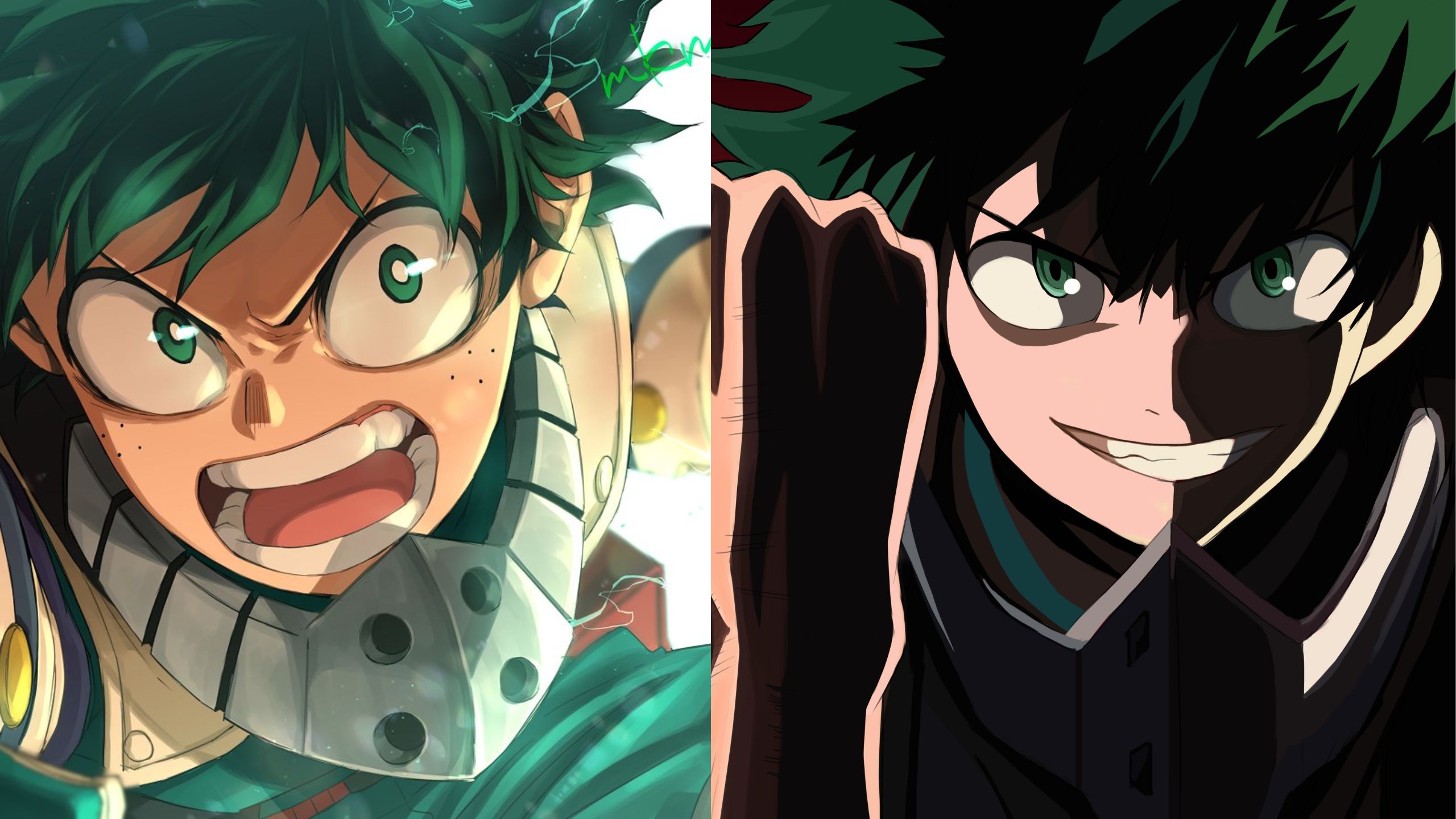
The potential for a deeper, more nuanced exploration of hero society remains untapped, leaving fans with lingering questions about what could have been.
Horikoshi crafted a vibrant and dynamic world, but by focusing primarily on combat and hero-villain confrontations, he left many of the series’ most thought-provoking ideas underdeveloped.
My Hero Academia may have concluded, but the legacy of its unrealized potential endures, a reminder of the power of world-building and the impact of a story that dares to jump into the complexities of the world it creates.


